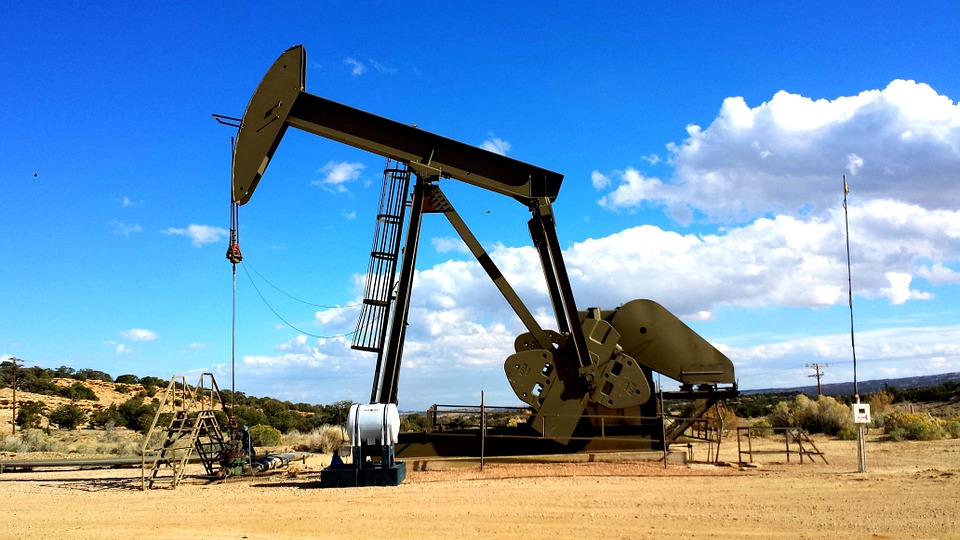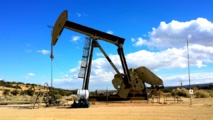Oil and gas companies, seriously affected by the fall in prices as a result of the shale revolution in the United States, are suffocating under the burden of debt on the bonds.
Small and medium-sized US companies, especially those that grew up because of the shale revolution, turned out to be the most vulnerable.
A small rise in oil prices cannot be large and not fast enough to protect each company.
Only this week, at least two companies have warned about their short-term future. The situation prevailing in the market forces companies to sell their securities at a price lower than before.
Peabody Energy said that the company has written notification about arisen concern to the regulators.
Peabody chose to use a 30-day deferred payment of $ 21.1 million interest payment with maturity 16 March to 6.50% bonds until September 2020, and interest of $ 50 million with a maturity of 16 March to 10% bonds until March 2022.
The tightening of legislation in the coal industry has been called the reason for delaying.
However, the company Linn Energy, which is also concerned about the present situation and also applied for a deferral of payments, is mainly oil and gas production company with interests in the oil shale industry in the western United States.
If it fills in an application for bankruptcy, it will become the largest oil company, with a debt of $ 10 billion, which went bankrupt from the beginning of fall in oil prices in 2014.
Overall, about 40 oil and gas producing companies have applied for protection from creditors under bankruptcy law of 2014, according to Deloitte’s February report.
Last week, rating agency Fitch announced that it raises its forecast for defaults on bonds in the US in 2016 to 6% compared to previous 4.5%. This year, the total amount of default will number $ 70 billion of debt, including $ 40 billion only in the energy sector.
The new projected default rates is the highest Fitch’s forecast for the non-recession period: it exceeds the forecast of 5.1% for 2000.
Fitch expects that the 12-month default rates by year's end will grow to 30-35%; by 20% in metallurgy and mining.
A slight increase in prices can be a good help in this situation, which will cover the urgent credit loans. However, unless there is a rapid and sharp increase in oil prices, it will not be enough for many companies to escape the probability of default, said Fitch analyst Eric Rosenthal in an interview with Bloomberg.
source: bloomberg.com
Small and medium-sized US companies, especially those that grew up because of the shale revolution, turned out to be the most vulnerable.
A small rise in oil prices cannot be large and not fast enough to protect each company.
Only this week, at least two companies have warned about their short-term future. The situation prevailing in the market forces companies to sell their securities at a price lower than before.
Peabody Energy said that the company has written notification about arisen concern to the regulators.
Peabody chose to use a 30-day deferred payment of $ 21.1 million interest payment with maturity 16 March to 6.50% bonds until September 2020, and interest of $ 50 million with a maturity of 16 March to 10% bonds until March 2022.
The tightening of legislation in the coal industry has been called the reason for delaying.
However, the company Linn Energy, which is also concerned about the present situation and also applied for a deferral of payments, is mainly oil and gas production company with interests in the oil shale industry in the western United States.
If it fills in an application for bankruptcy, it will become the largest oil company, with a debt of $ 10 billion, which went bankrupt from the beginning of fall in oil prices in 2014.
Overall, about 40 oil and gas producing companies have applied for protection from creditors under bankruptcy law of 2014, according to Deloitte’s February report.
Last week, rating agency Fitch announced that it raises its forecast for defaults on bonds in the US in 2016 to 6% compared to previous 4.5%. This year, the total amount of default will number $ 70 billion of debt, including $ 40 billion only in the energy sector.
The new projected default rates is the highest Fitch’s forecast for the non-recession period: it exceeds the forecast of 5.1% for 2000.
Fitch expects that the 12-month default rates by year's end will grow to 30-35%; by 20% in metallurgy and mining.
A slight increase in prices can be a good help in this situation, which will cover the urgent credit loans. However, unless there is a rapid and sharp increase in oil prices, it will not be enough for many companies to escape the probability of default, said Fitch analyst Eric Rosenthal in an interview with Bloomberg.
source: bloomberg.com



















